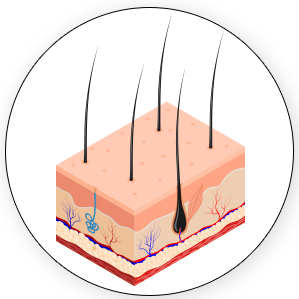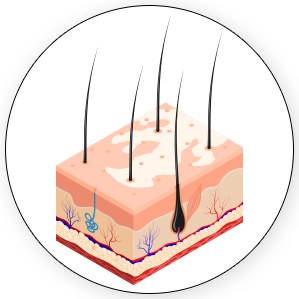Vitiligo And Associated Myth



Vitiligo can be a psychologically devastating disease, especially for patients with darker skin phototypes, such as those with brown or black skin. The term Vitiligo is believed to be derived from “vitium”, meaning “defect” or “blemish”.
- 1 This happens because the cells that make pigment (color) in the skin are destroyed.
- 2 These cells are called melanocytes.
Vitiligo is a pigmentary disorder of the skin, which is caused by circumscribed and de-pigmented macules forming patches on the skin. Vitiligo is a progressive disorder in which some or all of the melanocytes in the affected skin are selectively destroyed.
Vitiligo affects 0. 5% – 2% of the world population.
Although several theories have been proposed about the pathogenesis of vitiligo, the precise reasons for this disorder are still unknown. Generally agreed upon principles and theories suggest that the disorder emanates due to the absence of functional melanocytes in vitiligo skin and a loss of histo-chemically recognized melanocytes, owing to their destruction. However, the destruction is most likely a slow process resulting in a progressive decrease of melanocytes.
Additionally it is believed that genetic factors may influence the age of onset of vitiligo. The inheritance of vitiligo may include:
- 1 Genes associated with the biosynthesis of melanin,
- 2 Response to oxidative stress, and
- 3 Regulation of autoimmunity.

Myth 1 : Vitiligo is an outcome of the wrong combination of foods, for instance, milk and fish consumption.
Fact : Factually, vitiligo has no link with diet or particular foods. It is irrational to deprive patients of food items like lemon, curd, tomatoes, and pickles in the hope of diminishing the possibility of the disease.
Myth 2 : People with vitiligo disorders are lesser productive in their mental or physical proficiencies. Fact: Vitiligo is limited entirely to the skin. It has no relationship with or does not influence or affect any other organ.
Myth 3 : Vitiligo is a kind of leprosy and is communicable.
Fact : Vitiligo is in no way linked to leprosy. It is not infectious or contagious and, hence, cannot pass on from one person to another.
Myth 4 : Vitiligo is connected to serious skin diseases, such as skin cancer and albinism.
Fact : There are transparent dissimilarities among each of these syndromes, and these diseases are not linked to Vitiligo.
Myth 5 : Vitiligo is untreatable.
Fact : Medications like steroids, Ultraviolet A, immune modulator drugs and the newer narrowband Ultraviolet B are accessible treatments to prevent the spread of vitilog in the body. There also exist several surgical options to remove the white patches caused by Vitiligo.